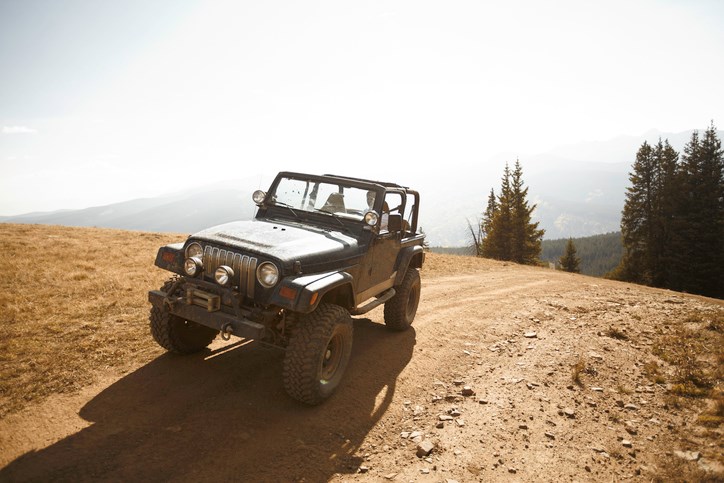Jeep. One of the world's most historically rich and thoughtfully designed vehicles. We all know Jeep as an off-road vehicle, but just how was it created, and why has it sold so well over the years?
In 1940 the United States government was ready to join Europe in the fight against Hitler’s fascist rule. In preparation for the war, the US needed a vehicle that was capable of championing the terrain of the battlefield, and if World War I was anything to learn from, it wouldn’t be easy. The U.S. reached out to 135 automotive manufacturers in hopes they could build a vehicle to accomplish the latter. Only two responded, American Bantam Car Company and Willys-Overland. Willys was the bigger of the two in terms of resources, so the U.S. took the design by Bantam and gave it to Willys to manufacture. Once the vehicle was made, 1,500 prototypes were tested with rigour. At the end of it all they had a vehicle capable of crossing terrain that no vehicle could cross so easily before. With a payload capacity of 2,500 pounds, the vehicle, code name Jeep, was ready for use in all fronts.
The Jeep was designed to be beat up, broken and repaired several times. Coasting across the land, it gave soldiers hope. On the war front it was useful, but when the war ended, what would happen then? The owner at the time, Willys-Overland had bigger plans for the Jeep than just government property.
The first civilian Jeeps were labelled CJ for short and they took a little bit of getting used to as they closely resembled their war time counterparts in that they had no roof. In 1947 Jeep also came out with a truck, along with other playful styles of the original wartime Jeep. A few countries used the older models as police vehicles for quite some time although I’m sure those departments would like to remain unnamed as the Jeep as a police vehicle is rather unsightly.
The Jeep was too costly on fuel to use as any type of police vehicle, and it also looked a bit ridiculous with that classic blue and white paint job. It never really screamed “enforcers of the law.” They work okay for security vehicles today though if that’s any consolation.
Chrysler bought Jeep in 1987 and helped sculpt its brand image to what we know today. They came out with the Cherokee, Liberty and Wrangler. One of the biggest reasons Jeep sells to the public is because of its symbol. Jeeps are a direct representation of true freedom, courage, and ambition. They created the phrase, “I’m going off-roading” and because of Jeep’s ambition they have grown into the company we and many other countries know today. Jeep continues it operations in Canada, the USA, Brazil, and many other places in South America.
A recent transplant to Thompson, Jay Hurley is a freelance columnist with a focus on cars, lifestyle and culinary arts. He is from Ontario and studied broadcast and contemporary media.




